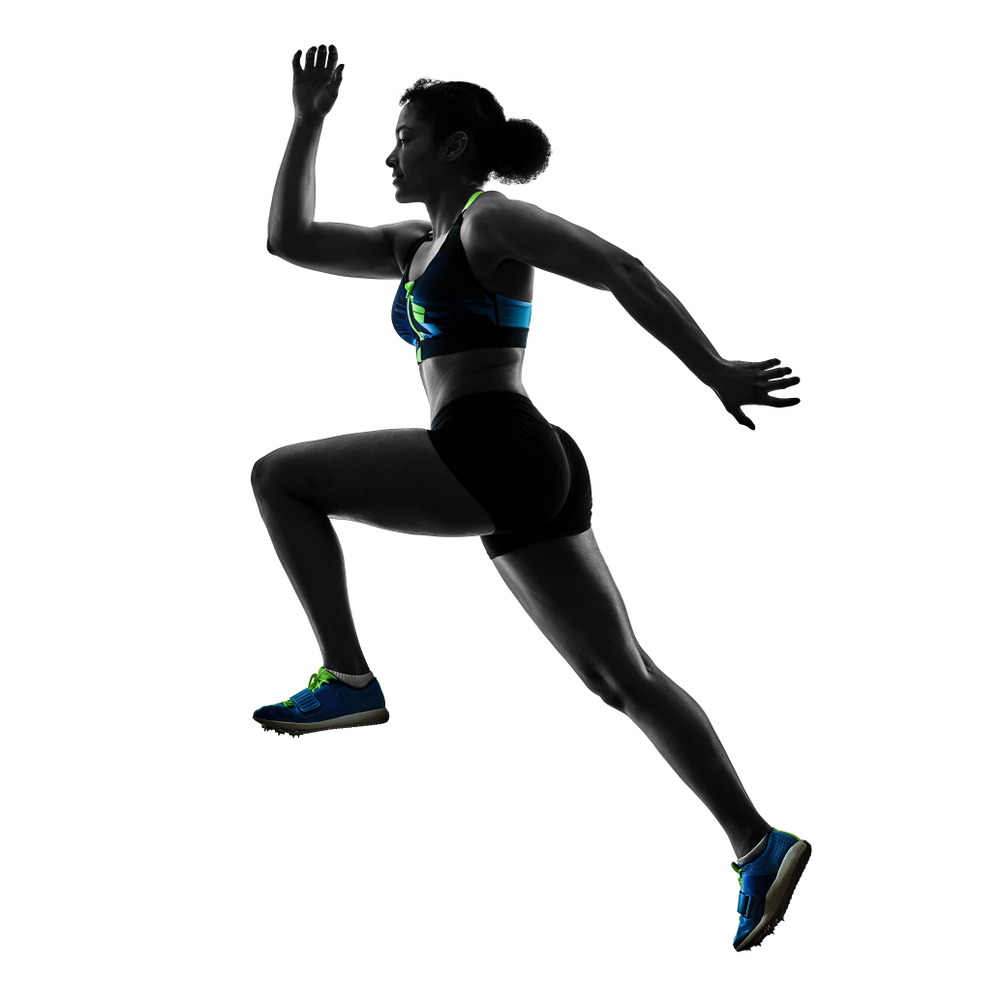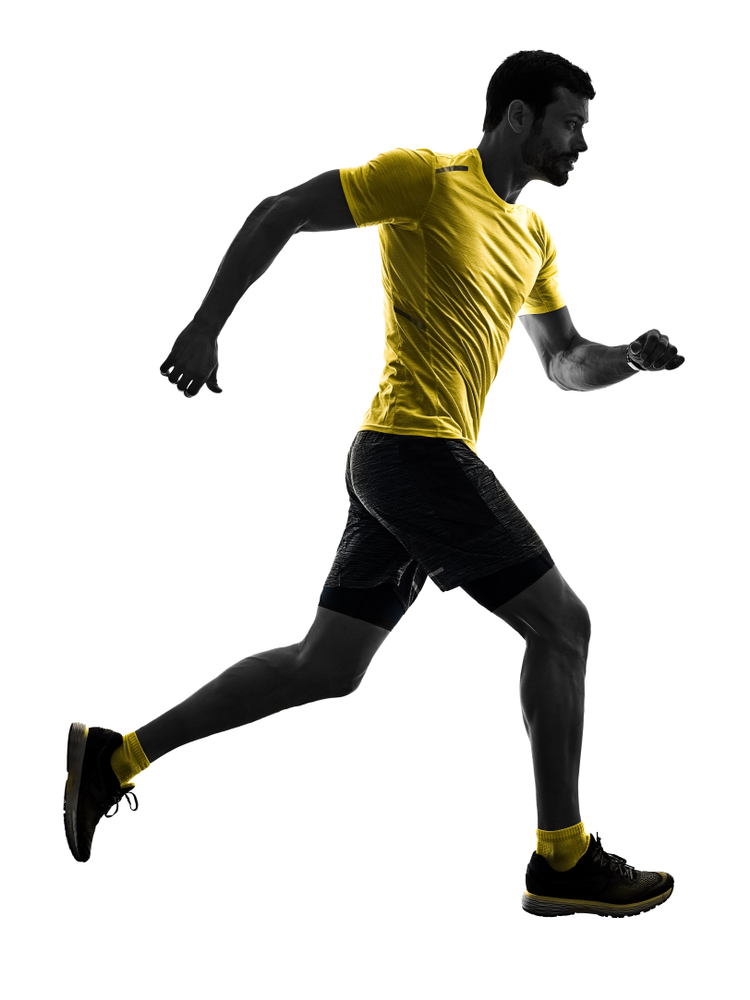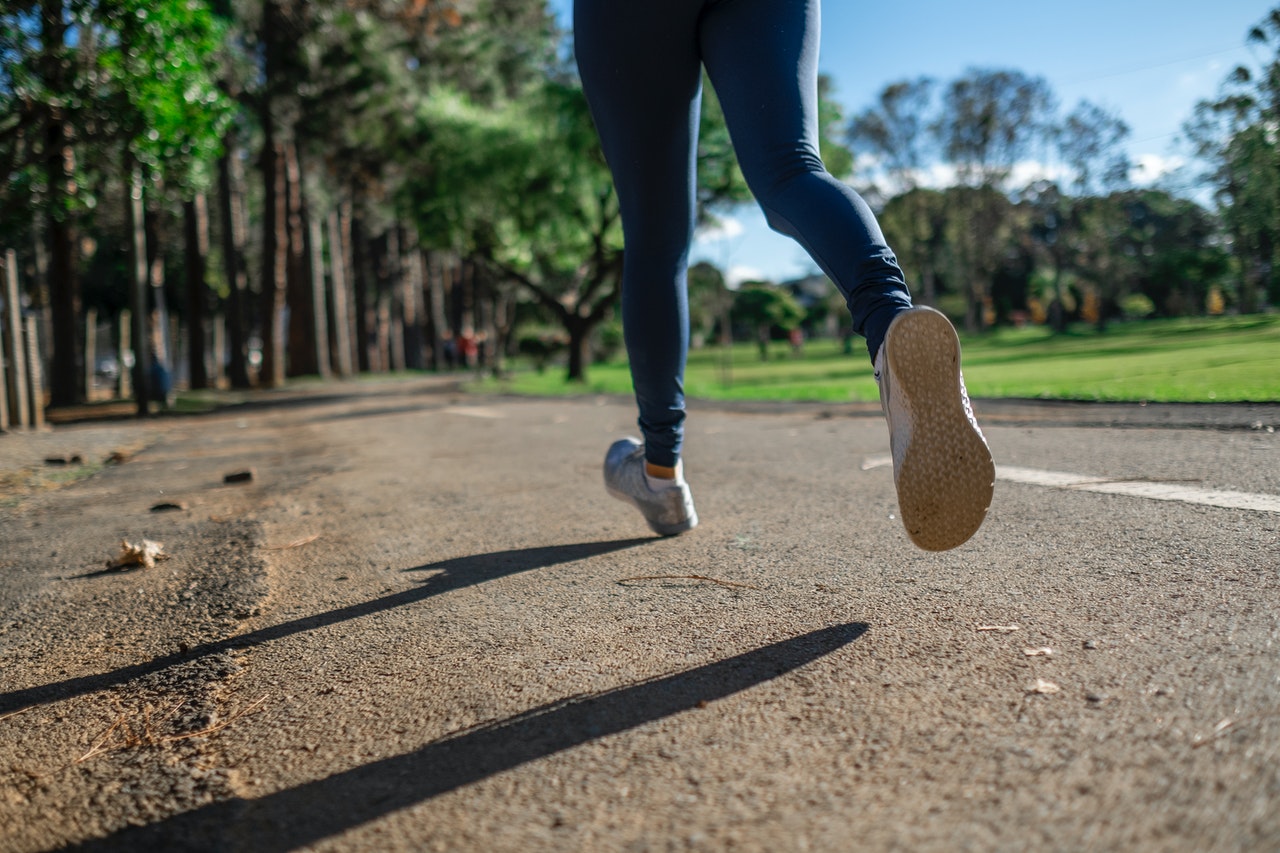Running has been a widely documented form of natural locomotion for many years, allowing humans and many other mammals to move very quickly on foot. Running is an arrangement of gait typically characterized by an air-borne phase where all four feet are aloft above the surface. The forward direction of running is generally in the direction of the wind and appears to be conical rather than linear. Although this is broadly accepted, it is debatable whether any directional guidance actually exists or whether the entire running motion is lateral to the rotation of the body.
Running is typically done for recreational reasons, to maintain or improve cardiovascular fitness, or to obtain a good workout without much effort. For those who do their running for fitness, they do it because it works their muscles, especially the fast-moving muscles of the legs and buttocks. Those who do it for fun may do it to escape the reality of the gym and the time devoted to working out there. It is popular for people to combine running with weightlifting, for a complete workout that works all of the muscles of the body. For example, if you lift weights while running, it is not considered to be a full-body workout, but a combination of exercises that allows you to tone up your muscles without having to spend hours at the gym.
There are several ways to get into the right running position and maintain it for the entire duration of the exercise. Some runners choose to use a shutterstock, a specially designed piece of equipment to help support and stabilize the runner’s body. The shutterstock acts as a shock absorber, evenly distributing the force of the impact between the front and the back of the legs and preventing damage to vital structures. Many professional runners and long distance runners have used the shutterstock to great effect, and its use by athletes such as Ironman triathletes helps to support their sport.
Another way to warm up and cool down before a run is to do a series of short bursts of high intensity repetitions. These types of repetitions are typically referred to as intervals. The amount of time that you will spend in an interval is typically shorter than what would be required if you were to run at a normal pace for the entire length of a race. Intervals allow you to work on your stamina and endurance, build your endurance, and increase your heart rate. Different intervals can include a few seconds of running at a moderate speed, one minute at race pace, or one minute of rest. Interval training is a good way to achieve all of these goals, and it is the basis for many other types of training that you may do throughout your running career.
Another common method of warming up is running on hills. Hill running is typically done when the weather is cooler, and it provides an excellent cardio workout for runners. The hills provide a gradual grade, which forces the body to adapt gradually to the stress of the increased effort. This adaptation process builds strength and improves your aerobic capacity as well. Many runners also choose to add in hill repeats once they have finished a long run, in order to further raise their aerobic conditioning.
One final way that running helps prevent knee pain is that it helps strengthen the muscles in the legs and calves. Running is great for strengthening all of the leg muscles and reducing the amount of stress on the knees. It also improves your ankles and feet and prevents knee pain in later stages of your running career. If you are a runner, it is easy to see how running could benefit you, especially if you are in your middle age or senior years.




